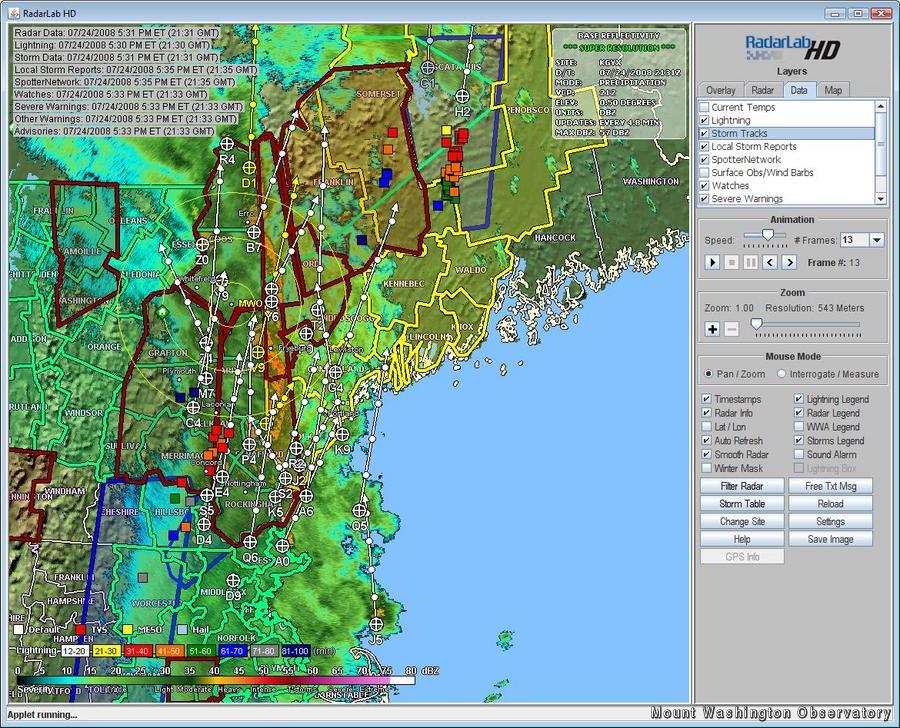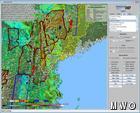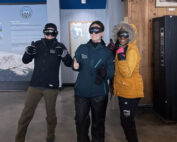severe weather
2008-07-24 16:35:49.000 – Stacey Kawecki, Observer
Radar Love
A severe thunderstorm, as defined by the National Weather Service, is a thunderstorm that has at least ¾ inch hail and/or wind gusts of at least 50 knots (58 mph). They are capable of producing large hail, strong, gusty surface winds, flash floods, and tornadoes. New Hampshire got a big taste of severe thunderstorms today. Tornadoes, the actual weather phenomenon that inspired my career in meteorology, are extremely complex entities and their formation is still not fully understood. Usually, when thinking of storm chasing and severe thunderstorms, one thinks immediately of the Mid-West, and specifically of that narrow band spanning from Central Texas up through Minnesota and Iowa…Tornado Alley. Today, New Hampshire got a little taste of that elusive funnel cloud. At least three funnel clouds were reported to be seen, and there was at least one house collapse and lots of downed trees and power lines.
No need to worry, this isn’t going to be anything like the movie The Day After Tomorrow. The cause is an abundance of warm humid air, colliding with an approaching cold front. Upper-air support, such as a strong, negatively-tilted trough, an impressive low-level jet, and dry air aloft along with favorable instability indices all combined to make a severe weather event. It’s kind of like making the perfect cake or pie. Each ingredient in the right amount will make something spectacular.
Weather forecasters and meteorologists are in the business (of sometimes being wrong) with the main goal of better predicting such outbreaks: thunderstorms, tornadoes, gust fronts, and hurricanes. The better we are able to forecast these phenomena, the more prepared the general public will be. With that in mind, flooding is the leading cause of weather related casualties. Flood watches and warnings (a warning means that the phenomena has already been spotted or is imminent) are in effect for the entire state, with a few scattered severe thunderstorm warnings and tornado watches. Keep this in mind, the weather forecasters are putting out the information for you to use and be prepared.
Stacey Kawecki, Observer
Team Flags Return for Seek the Peak’s 25th Anniversary
Team Flags Return for Seek the Peak's 25th Anniversary By MWOBS Staff Mount Washington Observatory is looking forward to continuing a much-loved tradition for Seek the Peak’s 25th Anniversary: Team flags. In inviting teams
Meet Summer Interns Zakiya, Max and Maddie
Meet Summer Interns Zakiya, Max and Maddie By MWOBS Staff We are excited to welcome six teammates to the summit of Mount Washington this summer! During their internship, these students and graduates will play
Saying Goodbye to the Summit
Saying Goodbye to the Summit By Alexis George After an extraordinary last three years working as a Weather Observer and Meteorologist, I am excited to pursue a different career. As sad I as am






